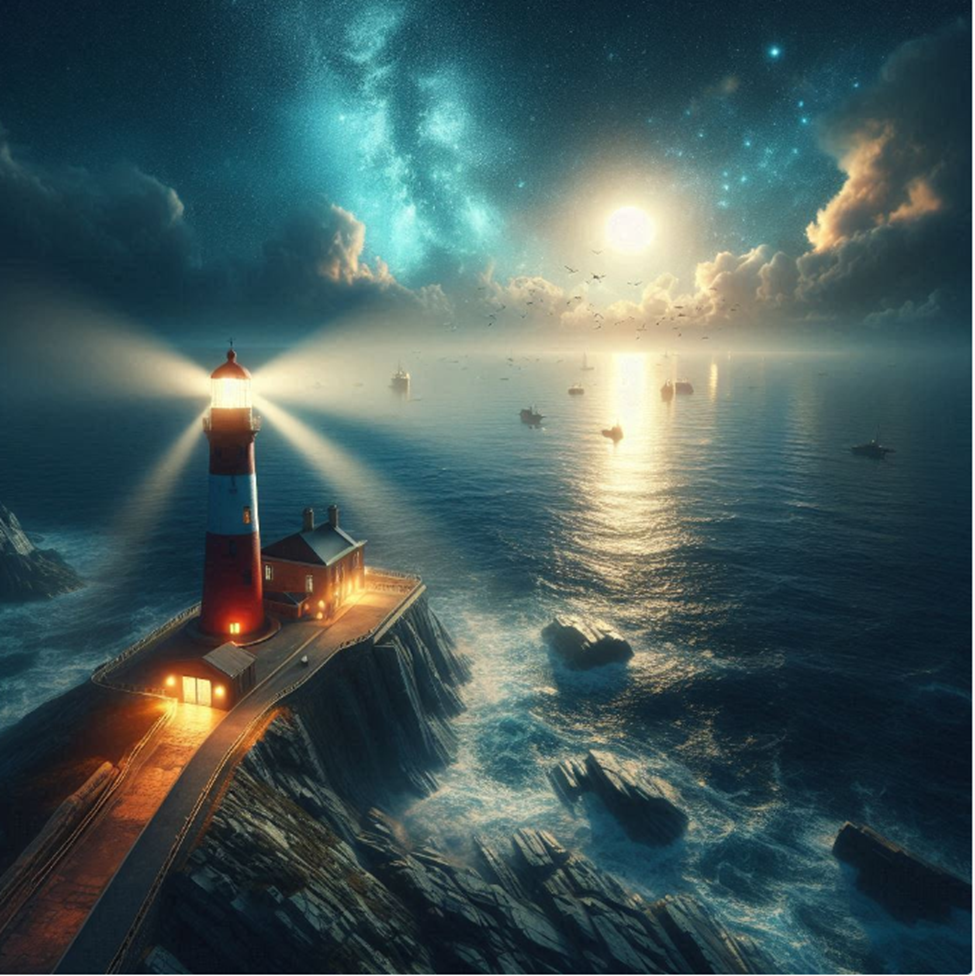
Introduction
Transitioning into an existing Salesforce infrastructure is like embarking on a quest, filled with challenges and opportunities at every turn. At RadixBay, we’ve ventured into this realm many times before, sometimes we’ve crossed a calm ocean and others we’ve faced sea monsters along the way. So let us share some wisdom before you set sail again.
Proper Documentation: Charting Your Course

In the vast ocean of Salesforce customizations, proper documentation serves as your trusty compass, guiding you through uncharted waters and treacherous shoals. Without it, you risk drifting aimlessly, lost amidst a sea of configurations and integrations. That’s why conducting a meticulous audit and maintaining updated documentation is paramount. Just as sailors rely on their maps, tools like Confluence can be indispensable for organizing this vital information. Detailed and current documentation not only illuminates your current path but also ensures a smooth transition for future crew members, reducing reliance on individual navigators.
Refactor for Best Practices: Modernizing Legacy Code & Code Review
As you navigate the ever-changing currents of legacy code, it’s essential to steer towards modernization while heeding the lessons of the past. Here’s our comprehensive approach to navigating these turbulent waters:
Why were specific technologies chosen over others?

Understanding the historical context behind technology choices sheds light on the evolution of your digital vessel. It reveals the reasoning behind past decisions and unveils the constraints that may have shaped your codebase.
How is the code linked to other components within the org?

Exploring the interconnected web of code reveals the hidden currents and potential points of failure within your system. By understanding these linkages, you can chart a course that avoids treacherous waters and ensures smooth sailing.
- Confirm the business process before making any changes.
- Verify what you kind of code your components are using.
- Double check which components or classes your code will touch.
- Check if a Lightning Web Component (LWC) is using a custom library or extending/implementing a class.
If the code is asynchronous, how is it structured and why?
Navigating the waters of asynchronous code requires understanding its structure and purpose. Just as examining a ship’s rigging reveals its ability to handle varying winds, analyzing how the code manages multiple records provides insights into your organization’s scalability and performance.
Whether you’re leveraging Change Data Capture events, queueable processes, or future calls, mastering the rigging allows you to steer your Salesforce org through the turbulent seas of growth with confidence. Smooth sailing awaits, even as the waves of data swell.

Is the code integrated with external systems, and if yes, what functionalities does it serve?

Investigating external integrations unveils the broader ecosystem in which your vessel operates. It allows for a comprehensive assessment of
- Data flows
- Security considerations
- Compliance requirements
Test Class Challenges

Understanding the intricacies of your code’s resilience is crucial to success. Just as a seasoned sailor knows every plank and sail, a Salesforce developer must ensure comprehensive code coverage, leaving no corner untested.
- Code coverage acts like a ship’s hull, protecting against potential leaks.
- Missing assert statements, akin to unsecured cargo, can lead to unexpected failures during turbulent times.
- Your test classes should be designed to succeed and fail where appropriate, much like a ship’s sails should catch the wind or furl in a storm.
- Comments should explain the process the class is testing. This ensures your crew knows the purpose behind each maneuver.
Challenges with Customization
Embarking on an expedition into an existing Salesforce infrastructure presents a myriad of challenges, with customization emerging as a formidable adversary. The voyage is fraught with perilous obstacles and hidden dangers, demanding steadfast resolve and unwavering determination.
Inadequate Documentation
The lack of proper documentation casts a shadow over your voyage, obscuring vital information and impeding your progress. Comprehensive documentation practices are essential for charting a clear course, facilitating a smooth transition for new crew members, and ensuring the continued seaworthiness of your vessel. Some of the inadequate documentation we’ve encountered include:


Incomplete Descriptions
These murky waters breed confusion and hinder understanding, jeopardizing the safety of your voyage.

Inconsistent Naming Conventions
Ambiguous names lead to navigational errors, increasing the risk of running aground on the shoals of miscommunication.

Missing Dependencies
Failing to chart the interconnected web of dependencies leaves your vessel vulnerable to unforeseen storms and turbulent seas.

Lack of Version Documentation
Without proper version control, you risk losing your bearings amidst the ever-changing tides of customization.
Lifecycle Changes

Navigating the lifecycle of customizations is akin to sailing through ever-changing tides, where version control, deployment processes, and impact analysis serve as your navigational tools.
Each change made to a customization sends ripples through interconnected components, potentially disrupting the smooth flow of business operations.
To steer clear of these treacherous waters, effective governance and change management processes are essential, ensuring a seamless voyage across diverse environments.
Ongoing Maintenance and Adaptation
Changes made to one customization can have unintended consequences on other interconnected components, potentially disrupting business operations.
So, as you navigate these waters, remember the importance of proper maintenance to prevent your ship from listing too far to one side, because without it even the most stable of ships can be tipped into chaos.

Conclusion
In conclusion, sailing the treacherous seas of taking over an existing Salesforce infrastructure demands more than just a steady hand at the helm. It requires careful planning, thorough documentation, and strategic decision-making. By prioritizing proper documentation, conducting thorough code reviews, and facing customization challenges head-on, organizations can chart a course toward success. With a steadfast commitment to continuous improvement and collaboration, you can navigate past obstacles, harness the full potential of ship, and sail into the winds of business growth and client success.
Images generated by LeeWayne Barrineau using Microsoft’s AI image generator.

Thanks for reading!
To learn more about our Salesforce services and how RadixBay can help your organization maximize its Salesforce investment, please visit our RadixBay Salesforce Services web page.
Are you ready to take that next step in your career? Please visit our job listing page to see our open Salesforce positions!
LeeWayne Barrineau
Salesforce Certified Administrator
Salesforce Certified Platform App Builder
Salesforce Certified Platform Developer 1
RadixBay Salesforce Consultant